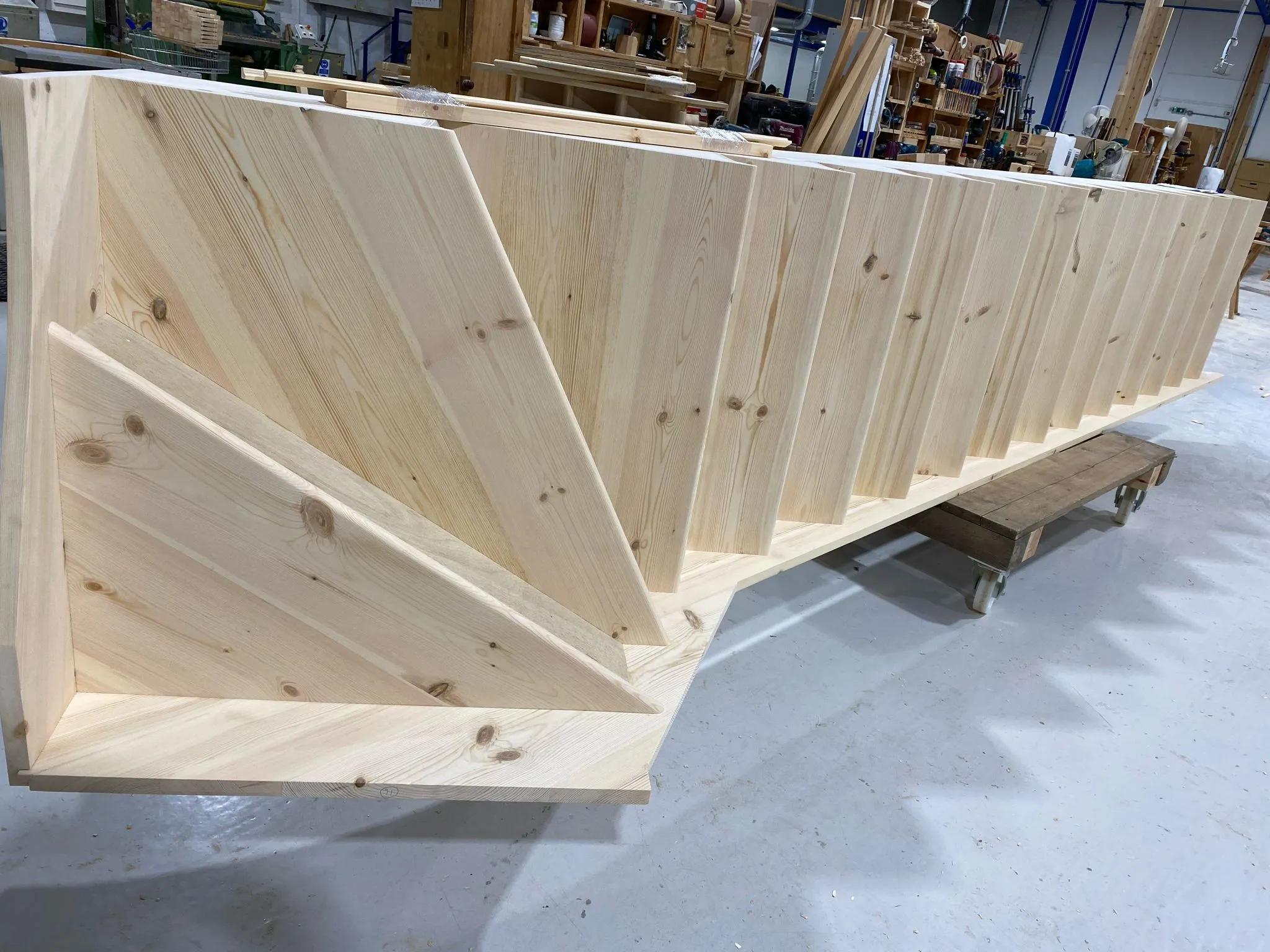You’ve probably heard about the advantages of using wood in construction— its aesthetic appeal and eco-friendly reputation. But like any building material, timber has its drawbacks. These disadvantages can significantly impact a structure’s longevity, safety, and cost. In this article, we’ll delve into the hidden costs of using wood in construction, including its susceptibility to rot, fire, pests, and dimensional instability. Understanding these challenges is crucial for architects, builders, and homeowners to make informed decisions about building materials.
Disadvantages of Timber
While timber offers natural charm and versatility, it’s important to consider its downsides before incorporating it into your construction project.
High Cost
Timber can be more expensive than alternative building materials like steel or concrete. This price difference becomes even more significant for large-scale projects.
Durability Concerns
Timber’s Achilles’ heel is its susceptibility to moisture, leading to rot, decay, and termite infestation. Additionally, wood is highly flammable, necessitating fire-retardant treatments or coverings, which can further increase costs and potentially compromise aesthetics.
Expansion and Shrinkage
Wood absorbs moisture, causing it to expand and contract with changes in humidity. This dimensional instability can lead to warping, cracking, and structural issues, especially in exterior applications or humid environments.
Fire Safety
Timber is inherently flammable. While fire-retardant treatments can enhance safety, they add extra costs to the project.
Environmental Impact
Although timber is a renewable resource, responsible forestry practices are crucial to mitigate deforestation, soil erosion, and habitat loss associated with timber harvesting.
Is Timber Really Cost-Effective? Exploring the Financial Implications
While the initial cost of timber can be higher than concrete or steel, several factors contribute to its potential cost-effectiveness:
- Reduced Labor and Foundation Costs: Building with large timber pieces requires less construction time, leading to lower labor costs. Additionally, timber’s lighter weight allows for simpler and less expensive foundations.
- Faster Project Completion: Quicker construction translates to faster project completion, potentially generating income or allowing earlier occupancy.
- Energy Efficiency: Timber’s natural insulation properties contribute to energy-efficient buildings, resulting in lower heating and cooling costs over time.
- Sustainability and Lower Maintenance: As a renewable resource, timber has a lower carbon footprint than concrete and steel. Its durability and resistance to pests translate to lower maintenance costs throughout the structure’s lifespan.
The Perils of Moisture – Understanding Timber’s Rot Susceptibility
Moisture is detrimental to wood’s lifespan, creating an ideal environment for wood-decaying fungi that cause rot and decay. Excess moisture disrupts the delicate balance within the wood, weakening its structure and making it susceptible to collapse. To protect timber from moisture damage:
- Prioritize Ventilation: Proper airflow is crucial to carry away excess moisture. Ensure adequate ventilation in attics, crawl spaces, and under decks to prevent moisture buildup.
- Apply Protective Coatings: Weather-resistant coatings act as a barrier against moisture penetration. Choose from various paints, stains, sealants, and oils depending on the wood type and location.
- Conduct Regular Inspections: Regularly inspect wooden structures for discoloration, warping, soft spots, or musty odors—all telltale signs of moisture damage.
- Address Issues Promptly: Address moisture damage immediately to prevent further deterioration. Simple repairs might suffice for minor issues, but extensive damage requires professional intervention.
When Nature Attacks – Protecting Timber from Pests and Fungi
Even the most durable wood can fall victim to pests and fungi. Safeguarding timber requires a multi-pronged approach:
- Moisture Control: Controlling moisture is paramount in preventing fungal growth. Ensure proper ventilation and address any leaks or moisture problems promptly.
- Pest Control: Regular inspections and prompt treatment are essential for managing pests like termites and borers.
- Natural Preservatives: Opt for natural, eco-friendly preservatives like borates and copper azoles, which protect the wood without harming the environment.
- Sustainable Sourcing & Treatment: Choosing sustainably sourced timber and employing proper felling and seasoning techniques enhance the wood’s natural defenses against decay.
- Bio-Based Preservatives: Explore innovative bio-based preservatives derived from natural compounds found in plants and renewable resources for eco-friendly protection.
Protecting timber isn’t just about preserving structures; it’s about responsible forest management. By choosing sustainable timber, employing effective treatment methods, and understanding wood’s vulnerabilities, we can ensure this valuable resource remains viable for generations to come.
For a deep dive into the fascinating world of wood-decay fungi, check out this resource:
Understanding Wood Decay Fungi and Their Impact on Timber Structures
- White Backsplash Ideas: Simple Ways to Refresh Your Kitchen Space - November 22, 2025
- Kitchen Backsplash For White Kitchen: Ideas To Inspire Your Renovation - November 21, 2025
- White On White Kitchen Backsplash: Is It Timeless? - November 20, 2025










